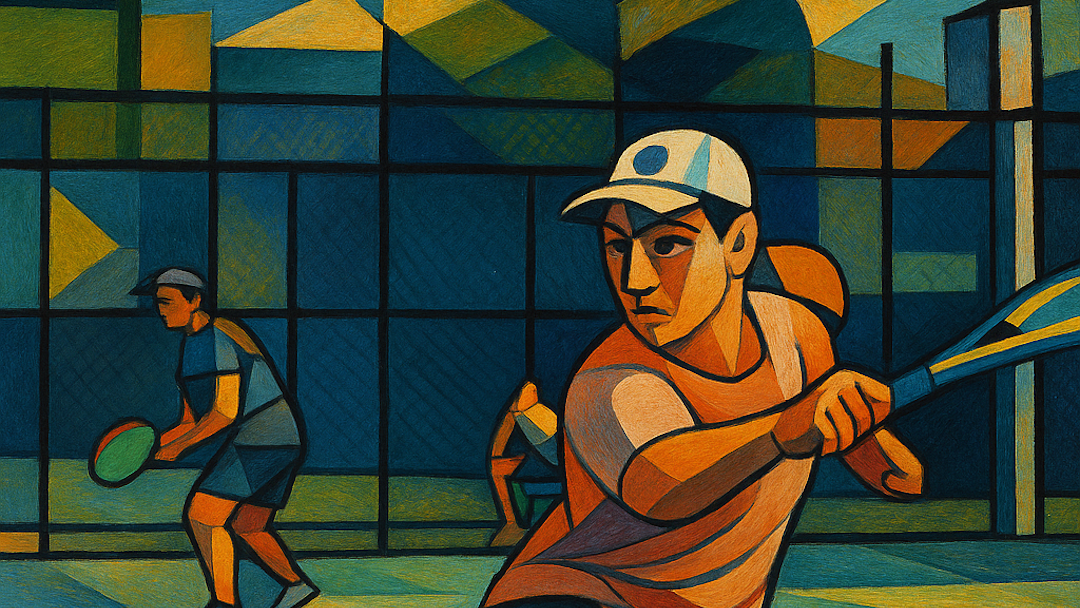Tennis Hits the Books
Bill Tilden was arguably the first superstar of tennis. He was a dominant force in the early 1920s and his list of tennis accomplishments is littered with records and all-time firsts. Tilden was also an accomplished writer with editorials and columns on tennis popular in the print media. Until I came across a reference to Match Play and the Spin of the Ball in Ted Tinling’s book last week, I had no idea that he also authored a book on how to play tennis. I was delighted to discover that Tilden’s book has recently been digitized. Naturally I purchased a copy.
Match Play and the Spin go the Ball also solved a minor problem for me. I had originally planned wrap up April covering a second book by Ted Tinling. I own two books by Tinling and each has a distinctly different title. As it turns out, Tinling’s autobiography was printed under two different titles, one in the United States and the other in the United Kingdom. In essence, I have two copies of the same book. The discovery was a true laugh out loud moment.
Tilden was not an advocate of women’s tennis by any stretch of the imagination. In fact, Match Play has a chapter in the book dedicated to Women’s tennis that I suspect exists for the sole purpose of mentioning that he once played a practice set with Suzanne Lenglen and won 6-0. Tinling’s autobiography also mentioned that practice set and provides additional contextual backdrop. In essence, Tilden was insanely resentful of any attention paid to Lenglen.
As a result, Tilden’s views on women’s tennis are shaded by his irritation over having to share the spotlight with Lenglen. He goes out of his way to argue that American Molla Mallory was the superior player, a perspective also mentioned by Tinling. Tilden strongly asserts that women are only suited for the baseline style of play since they cannot volley as well as the men. His composite description of the perfect women player stroke-by-stroke lists Lenglen only for the serve.
Dismissing the chapter on women’s tennis, Match Play and the Spin of the Ball is a wonderful exposition on the tactics and strategies of tennis. It was one of the earliest comprehensive collection of the ideas foundational to modern tennis fundamentals. Tilden includes footwork, attacking tennis, defending tennis, and the value of intensive practice. The book reflects the insight into the thinking of a tennis superstar. It is also an interesting period piece on the state of the game and the personalities in the upper echelons of competition.
There is also a great deal of philosophical thinking in the book that was tremendously appealing to me. A wonderful example of that comes in the opening chapter of the book when the ball is introduced as a third entity in any tennis match. It is a profoundly interesting perspective. Tennis points are the dialog between two players. The ball is the communications medium between them as points are played.
Tilden’s views on competitive tennis start from a foundation of developing the ability to hit the strokes of the game consistently and effectively. However, the majority of the content on the book is focused on the opposite side of the net. There are two recurring themes throughout Match Play. First, “Never allow a player to play the game he prefers if you can possibly force him to plan any other.” More succinctly, “Never give a player a shot he likes to play.”
Match Play and the Spin of the Ball is a wonderful book that delivers profound insight into the foundations of tactical tennis. In addition, the philosophy of competitive play as well as the glimpses of tennis history in the early 1920s make it a compelling read. I am so happy that it has been digitized and is widely available.
Fiend At Court participates in the amazon associates program and receives a paid commission on any purchases made via the links in this article. Additional details on the disposition of proceeds from this source are available in the “About Fiend at Court” page.




